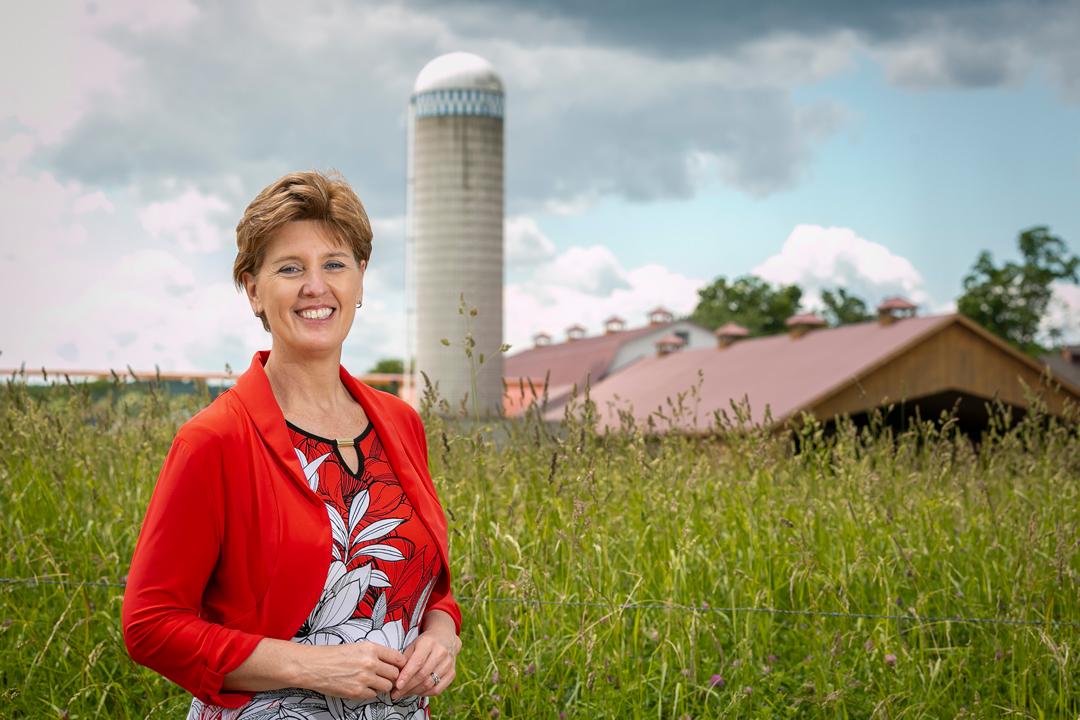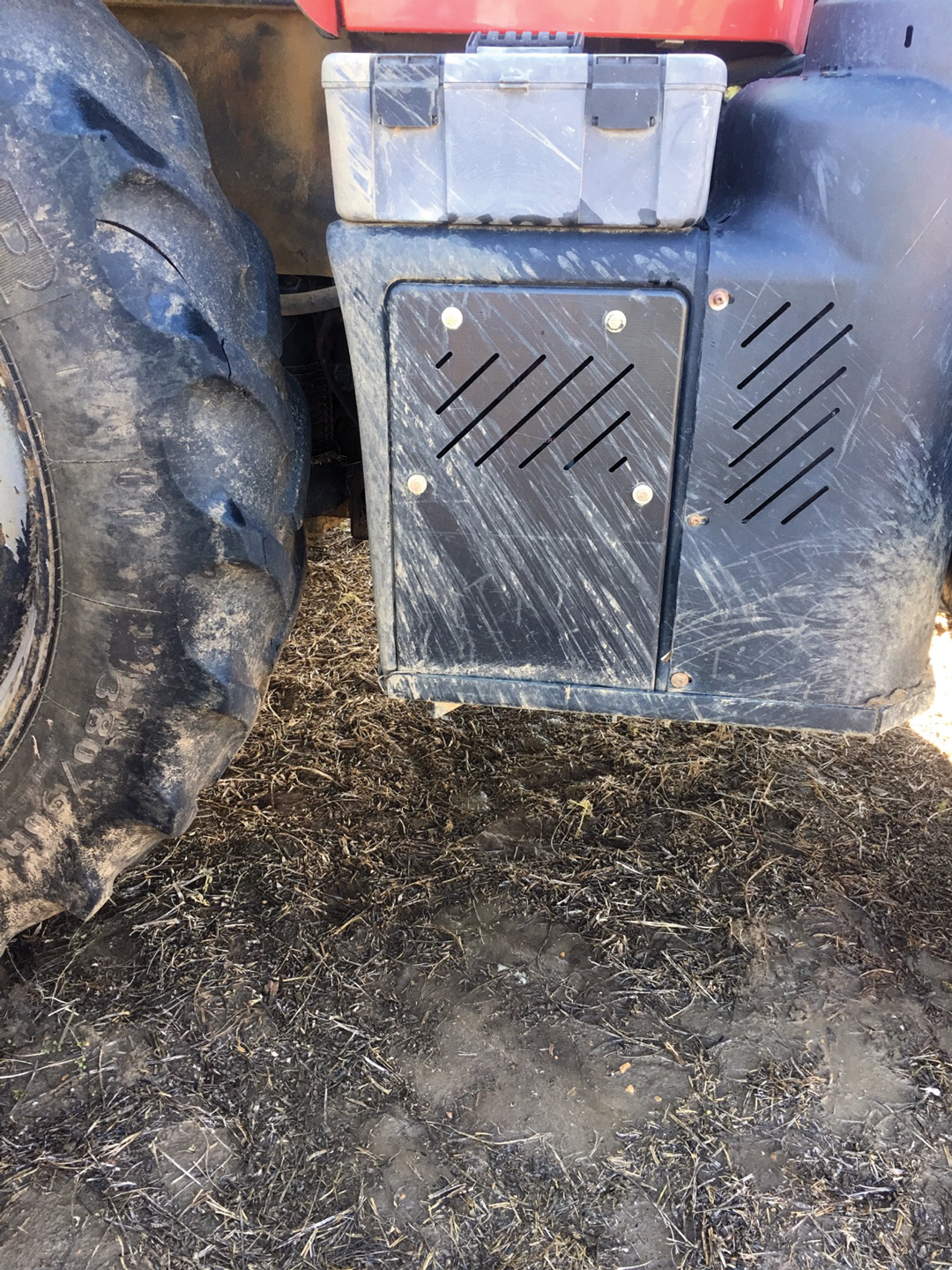FROM CAP TO SCAP
BY TREVOR BACQUE • PHOTO OF MARIE-CLAUDE BIBEAU COURTESY OF AGRICULTURE AND AGRI-FOOD CANADA
As the Canadian Agricultural Partnership sunsets over the next six months, the next round is finalizing its planning, which includes a name change. Starting April 1, 2023, the Sustainable Canadian Agricultural Partnership (SCAP) will begin a new five-year work cycle with funds totalling $3.5 billion.
With a clear focus from the federal government on climate change, greenhouse gas reductions and sustainability, the SCAP will take a decidedly different feel than its predecessor, which was largely driven by pushing agronomic yields while fighting various disease and pest-related issues.
According to Marie-Claude Bibeau, federal ag minister, the government is simply responding Canadians’ priorities.
“Sustainable ag is extremely important,” she said. “We definitely have to double down if we want to maintain our leadership in this, and this is what our consumers here in Canada and across the world are asking for.” Bibeau noted that challenges around labour issues and mental health are priorities to address, as well.
She said she is glad the Prairie provinces finally agreed to increase the AgriStability compensation rate from 70 per cent to 80 per cent, something she said has been in negotiations for more than two years.
One of the biggest changes, and certainly the one drawing the most consternation from various groups, is crop insurance. Starting in 2023, all provinces will work for one year to build a framework through one of Ag Canada’s business risk management programs—AgriInsurance, AgStability or AgriInvest—where there is a serious focus on fighting climate change. Demonstrated practices that show positive results to mitigate climate change may result in reduced premiums. For the spring of 2024, a one-year pilot program will be implemented in every province and territory with the potential for full-scale adoption across Canada starting one year after that. Bibeau insists there is no coercion to this, but rather a “positive spirit incentivizing farmers to adopt good practices.”
“I think they are all doing their best, but they haven’t got all the latest information about the best practices,” she said of farmers. “Or maybe they need this little additional financial support to de-risk the transition towards new practices.”
The Alberta Wheat and Barley Commissions are two of more than 130 Canadian ag groups that have lobbied bureaucrats and made it clear there is concern about ideologically driven programs.
“If you start offering incentives on crop insurance on compliance with certain protocols, is there a higher rate to be paid by the farmers who are not in compliance?” said Tom Steve, the commissions’ general manager. “How do you measure that and the practicality of that?”
Steve’s farmer members are not keen on the possibility their rates could fluctuate based on whether or not they opt-in.
“What we don’t want to see is famers penalized for not participating,” he said. “BRM programs are to deal with the risk of doing business and should be de-coupled from the climate change objectives of the government of Canada.”
The SCAP does have positives, though. The retention of AgriInsurance was heralded as one of the biggest wins for farmers.
“It’s the most critical and reliable risk management tool for the crop sector,” said Steve. “It’s by far the largest dollar amount in the ag policy framework. That’s been kept intact, and we wouldn’t ever want to see any erosion in crop insurance from an Alberta crop sector perspective.”
Within AgriStability, although compensation increased by 10 points, and is now worth nearly $100 million, Steve believes the program still needs work to be relevant to grain farmers, as it’s primarily used by ranchers.
“The reality is that the program is going to have to be revamped to grain farmers, but it looks like it won’t be until the next round,” said Steve. He added most farmers prefer provincial crop insurance options due to cash flow issues.
Another aspect of SCAP is half of its $500 million is tied up in what’s being dubbed the Resilient Agricultural Landscape Program (RALP). Despite representing half of all SCAP money, it’s currently unknown what RALP will relate to or its goals and aims, but Bibeau notes that much of what has been included in The Guelph Statement will apply to RALP outcomes.







Comments